
With new knowledge and technological advancements emerging constantly, it is essential for teachers to be lifelong learners. Gone are the days when teachers taught the same material year after year without ever updating their knowledge or pedagogical approaches. Nowadays, those who are considered capable and effective teachers have several important characteristics. The Kentucky Department of Education developed a list of Characteristics of Highly Effective Teaching and Learning (CHETL) and outlined that these characteristics include a knowledge of content, instructional rigor, and instructional relevance, among others. In order to provide their students with the best possible education, teachers need to be able to provide this through continuous learning and growth throughout their careers.
The teaching landscape is experiencing significant transformations, demanding proactive measures by educators. This is because traditional teaching methods once considered the cornerstone of education, are being increasingly supplemented — and, in many cases, replaced — by innovative approaches. The student demographic is also shifting, with more diversity in factors like race, ethnicity, and gender now present in classrooms.
As such, teachers must adapt and embrace the integration of technology, promote personalized and student-centered learning, foster inclusivity, and prepare students for the demands of the 21st century. By taking action, teachers ensure that educational experiences remain relevant, engaging, and meaningful for students. Below are some of the ways in which teachers can continue learning and adapting, both to enhance their teaching profession and to empower students to reach their full potential.
Primarily, teachers need to be lifelong learners in order to stay current with new knowledge and developments in their fields. In fact, a study from the journal Teaching and Teacher Education found that teachers must constantly improve their knowledge and not settle for only what they acquired at the time they graduated. This is because as new research and discoveries are made, the information that educators possess becomes outdated.
Personal development is very important for educators, as it improves knowledge and skills in order to facilitate individual, school-wide, and district-wide improvements for the purpose of increasing student achievement and/or improving student engagement. Actively engaging in professional development opportunities, such as participating in lesson studies, attending conferences, or pursuing higher education, ensures teachers that they are incorporating the most up-to-date information into their lessons. This not only benefits their students by providing them with accurate and relevant information but also enhances their understanding of their own field.
As a teacher in today’s rapidly changing landscape, constantly working to refine their skills is a valuable and crucial trait. By always looking to upskill their capabilities, teachers can stay in the loop on the latest practices in their field to enhance their effectiveness in the classroom, better meet the diverse needs of their students, and foster innovation and creativity.
Taking up courses that teach in-demand practical technological skills such as coding and UX design can help even general teachers improve their instructional techniques. Gamification, simulators, interactive whiteboards, and virtual or augmented realities are just some of the newer technologies that teachers can learn and incorporate into their classrooms. By doing this, they can better understand the modern world and how to continue learning and adapting to it, all while better preparing their own students for these modern challenges.
Being lifelong learners also helps teachers adapt to the changing needs of students. While the field of education itself is changing, so are student demographics. Race, ethnicity, gender, socioeconomic background, and special needs are only some of the ways in which students differ from one another. In addition, students nowadays seek educational experiences that prepare them for the future rather than just a degree. All these factors combined make the typical one-size-fits-all type of education inefficient for teaching.
One essential way teachers can adapt is by modifying their teaching strategies to accommodate different learning styles. They should employ various instructional techniques like visual aids, group work, and technological resources to cater to this diversity. Investing time in professional development programs and training would also be helpful, as these can provide educators with multicultural education, cultural competence, and strategies for teaching diverse populations. All these are constantly changing, which is why it is important that educators don’t settle with their current knowledge and continue striving to be lifelong learners.
Article written by Amber Thompson, Exclusively for Educators of America
Landing at Hosea Kutako Airport outside the capital Windhoek, the landscape is spotted with camelthorn trees and dry riverbeds. In the distance, one can see the undulating terrain of the Auas and Eros Mountains. The sun appears larger, more intense; an organic heat lamp brightly shining down on Africa’s hidden gem.
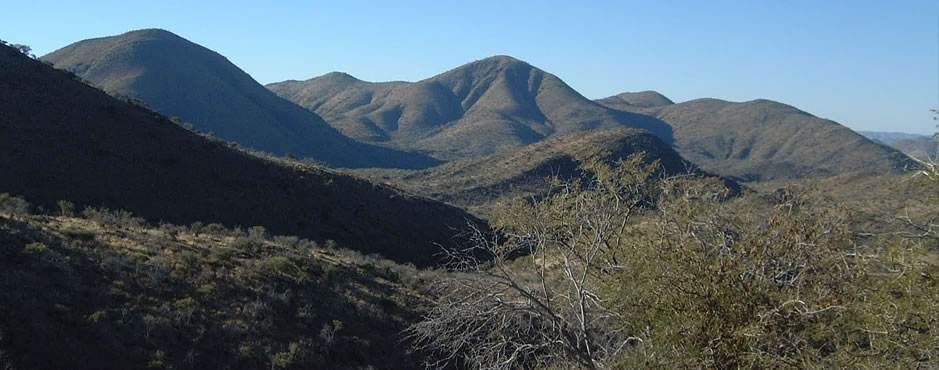
January 3rd, we began our two and a half week trip across Namibia. It is the middle of summer in Namibia and temperatures can reach up to 106 degrees Fahrenheit (41 degrees Celsius). Sunscreen and hats are not recommended, they’re a necessity.
After getting settled in Windhoek, acquiring the two new Cisco devices intended for two new participating schools in the Building Cultural Bridges program, we began our drive to the North…no, not the Game of Thrones North, the Namibian North, or affectionally known as Ovamboland or O-land.
Roughly a seven-hour drive to Ondangwa, we encountered a heavy amount of rain. Typical for this time of year as it is the rainy season in Namibia. The substantial amount of rain was evidently followed by an immense amount of greenery. An auspicious sight for farmers and livestock in the North.
After our arrival in Ondangwa, we made the short drive up to Ongwediva to meet with our participating Namibian teacher, Sarafina. Bright and ambitious, Sarafina provided us directions to the school where she taught, Hashiyana Primary School, and her journey on becoming a teacher at the school along with her fascination with classroom technology. Upon arriving at the school, we were fortunate enough to meet the Principal of the school, Amon Ndeitwa. The first term of Namibian schools had not yet begun (classes begin on January 15th), so Principal Ndeitwa was in his office prepping for the upcoming term.



After a successful Cisco DX installation and training in Hashiyana Primary School along with feedback from Sarafina and Principal Ndeitwa on what can make the BCB program better, we were off to the coastal city of Swakopmund.
Driving south, through Etosha National Park, into the town of Outjo and then past Karibib and the Uranium mining town of Arandis, we became engulfed by the briny sea air of Swakopmund. Our stop in this German-influenced and highly visited tourist city of Namibia was to meet with teachers from two participating schools, Westside High School and Festus !Gonteb Primary School. American student response letters in hand, we were warmly greeted by three teachers at Westside High School.
Ingrid, Tamara, and Grizelda, provided a comprehensive assessment of how the Buiding Cultural Bridges program had been operating in their school. Discussing their interactions with American teachers, new ideas for projects that Namibian students could present to their American counterparts, and steps to incorporate STEM education such as coding and programming into videoconferencing sessions, the amount of enthusiasm could be tasted in the air. Closing out the meeting with Westside High School, we headed out to Festus !Gonteb Primary School – only a few kilometers away.
Arriving at the school, pre-school preparations and admission were in full swing. Administrators moving swiftly between offices, parents patiently waiting to enroll their child in school, and an element of eagerness lingered amongst it all. Delivering response letters to the Principal of the school, our time was brief but we were left impacted by the vision of the school communicated by the Principal. This was the second school he would be operating as Principal over due to a vacancy recently created in a neighboring school. Undaunted by the challenge, he emitted confidence in his students’ and teacher’s participation in Building Cultural Bridges and establishing a rapport with their American counterparts.



Maintaining the tight schedule, our time in Swakopmund came to an end and we got on the dusty scenic back roads toward the inaugural town of the Building Cultural Bridges program, Oranjemund. Some 11 hours of driving through majestic and surreal topography that only Namibia can offer, we arrived in the town juxtaposed between the nourishing Orange River and mighty South Atlantic Ocean.
With only a few days to spend in Oranjemund, we reconnected with students, teachers, and principals to identify new engaging classes and perform maintenance on the videoconferencing devices located in the two respective primary schools. In addition to the maintenance and class identification, our colleague Vern, was able to interview a teacher and a principal about their experience in education in Namibia. A short video documenting these interviews is currently in the making!



Oranjemund felt akin to a homecoming. Navigating one’s old neighborhood, remembering the sights and smells, encountering friends of past, reliving the moments that brought the Building Cultural Bridges program to what it is today; it is appropriate to admit a sense of sentimentality.
Bidding adieu and heading north to Oranjemund’s coastal cousin town, Lüderitz, we were in the second half of our trip. In addition to Ongwediva, Lüderitz would be the home of the second Cisco DX videoconferencing device – specifically Diaz Primary School. Two teachers from Diaz Primary are committed to spearheading the program with assistance from a Peace Corps Volunteer to help build sustainability.
The BCB program is centered on connecting students from Namibia and the US. Moments such as witnessing students receiving and reading their letters reminds us that it is the young individuals who drive this program. They make it exist and we are only here to create a channel for them to bond.
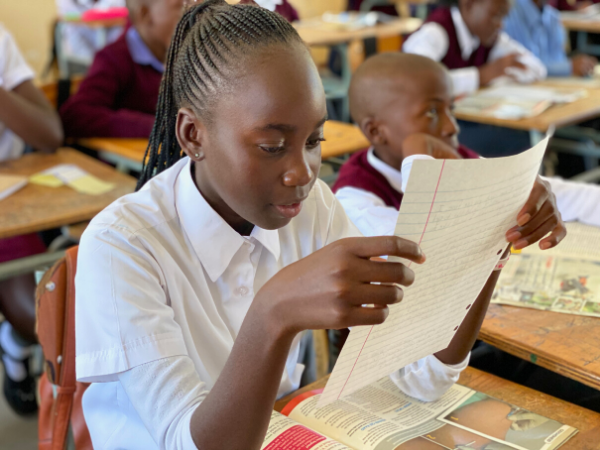
The BCB program is centered on connecting students from Namibia and the US. Moments such as witnessing students receiving and reading their letters reminds us that it is the young individuals who drive this program. They make it exist and we are only here to create a channel for them to bond.
Finishing up distributing letters, the installation, and training of the videoconference device in Lüderitz, we were back on the road headed north to Windhoek to spend one last day brainstorming ideas with potential partners in improving the BCB program by integrating career ideation and health subjects such as HIV awareness and prevention.
Reflecting on our time spent in Namibia, we are forever grateful and indebted to the countless Namibian students, teachers, principals, and all who give this program life. Seeing this program expand to additional schools in Namibia – to schools who deserve it, who know they can make it happen and can operate it sustainably, only further motivates us to continue to do everything we can to keep this program running.
Connecting students beyond their borders to their fellow peers across the globe develop not only friendships but so much more than meets the eye.
All these traits and skills come to life when students communicate and work together across cultures. They come to understand that the world is getting further interconnected and any of these individuals could be future teammates, colleagues, employees, or bosses.
Why wait to get to know them? Starting now can lead to endless possibilities.
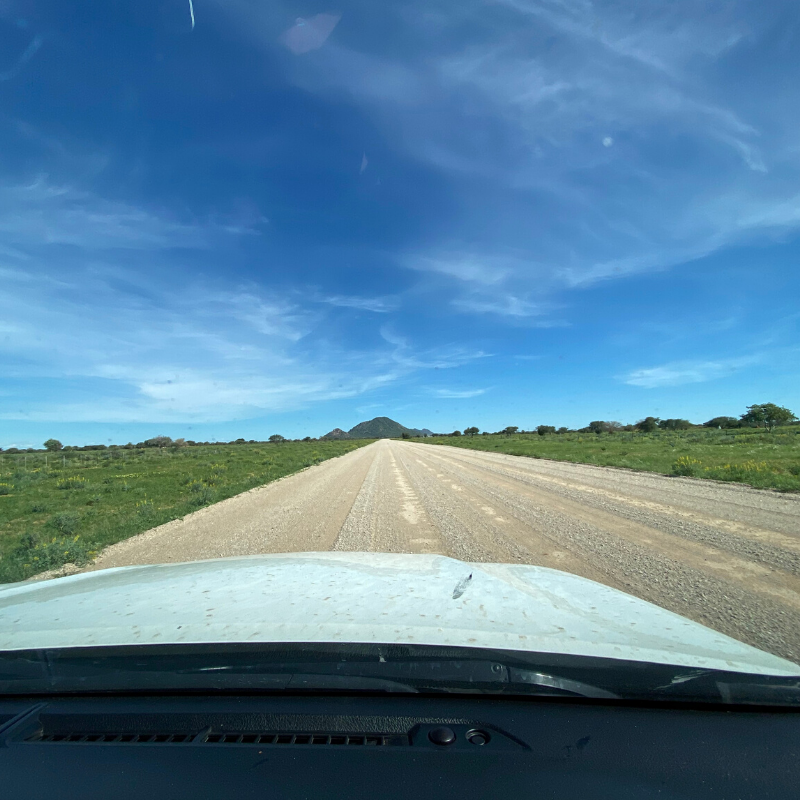
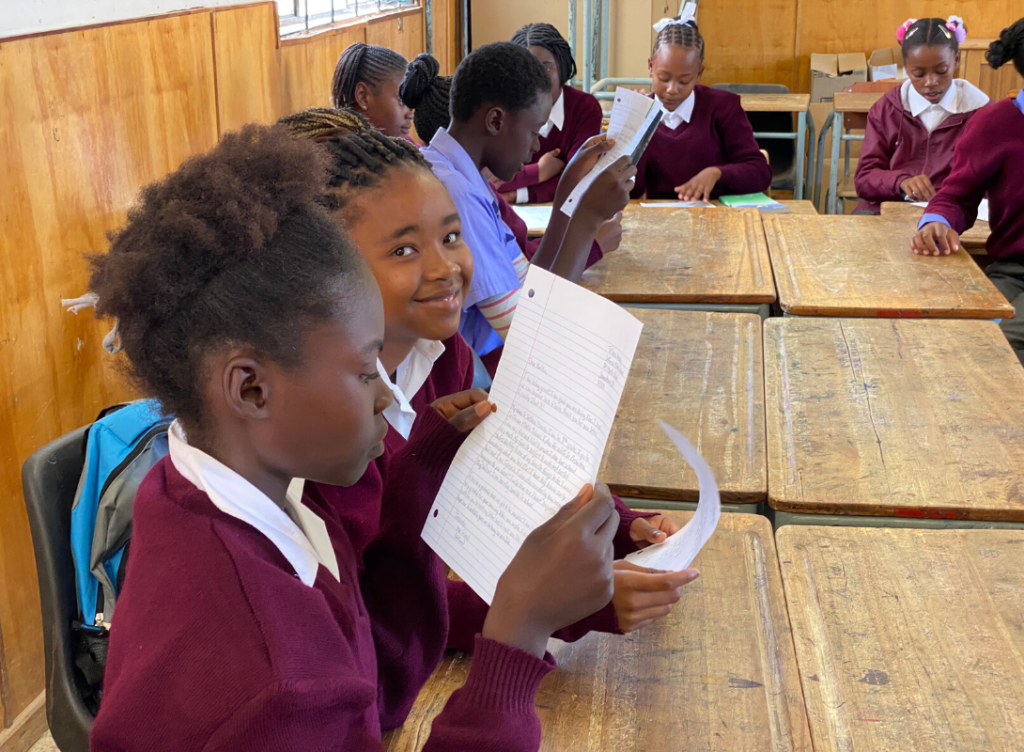
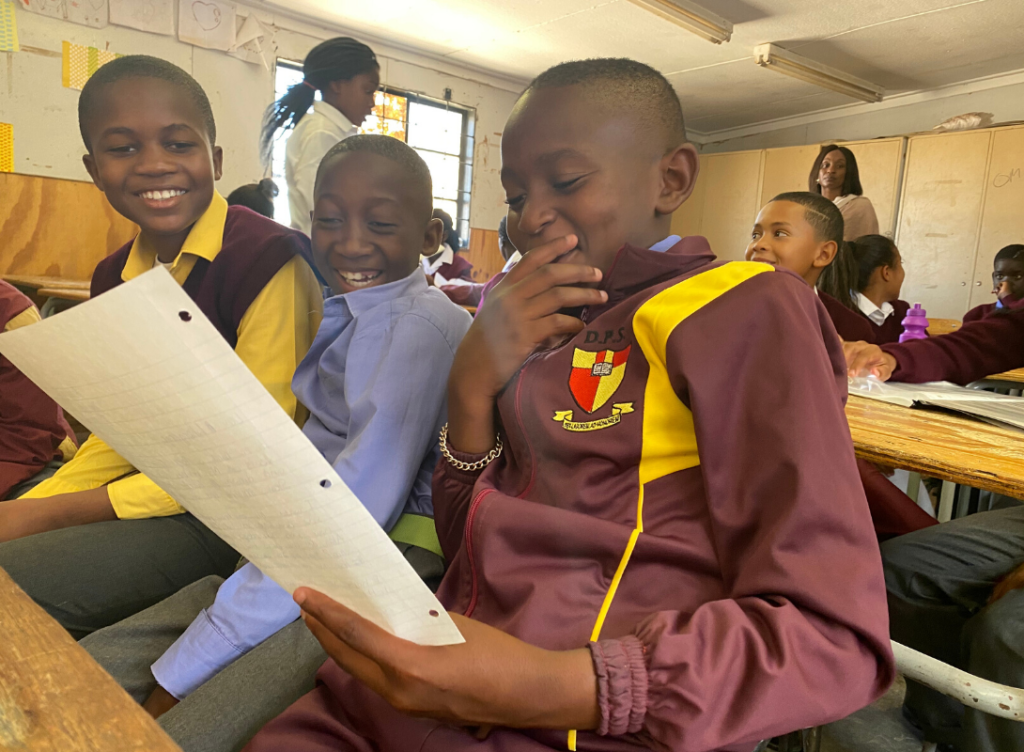
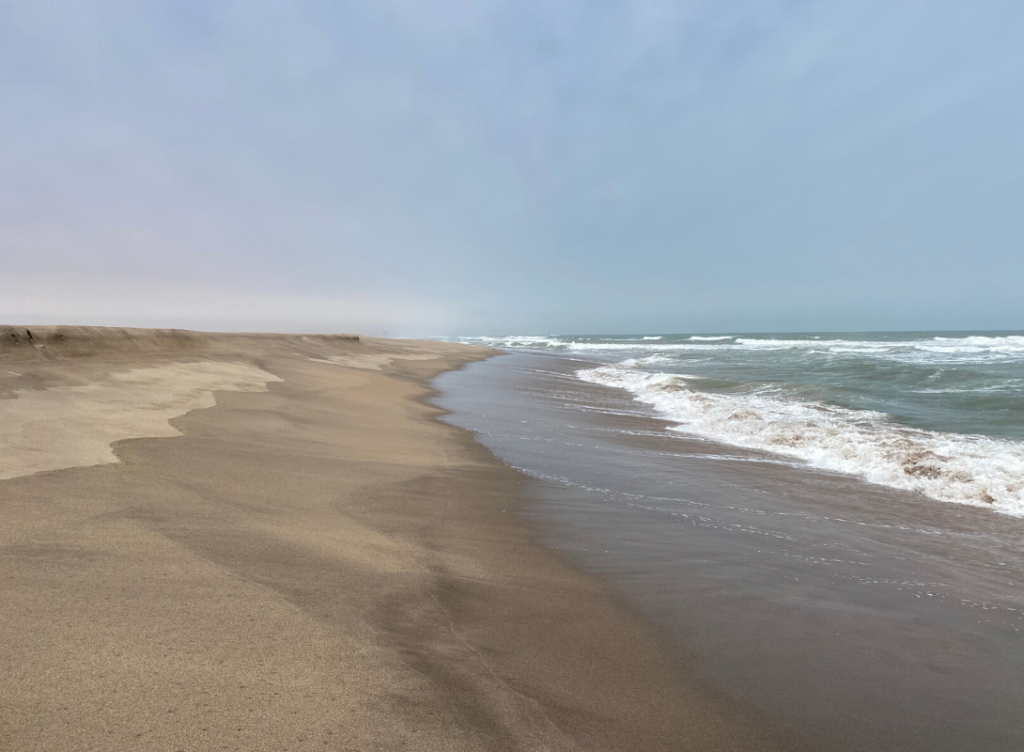
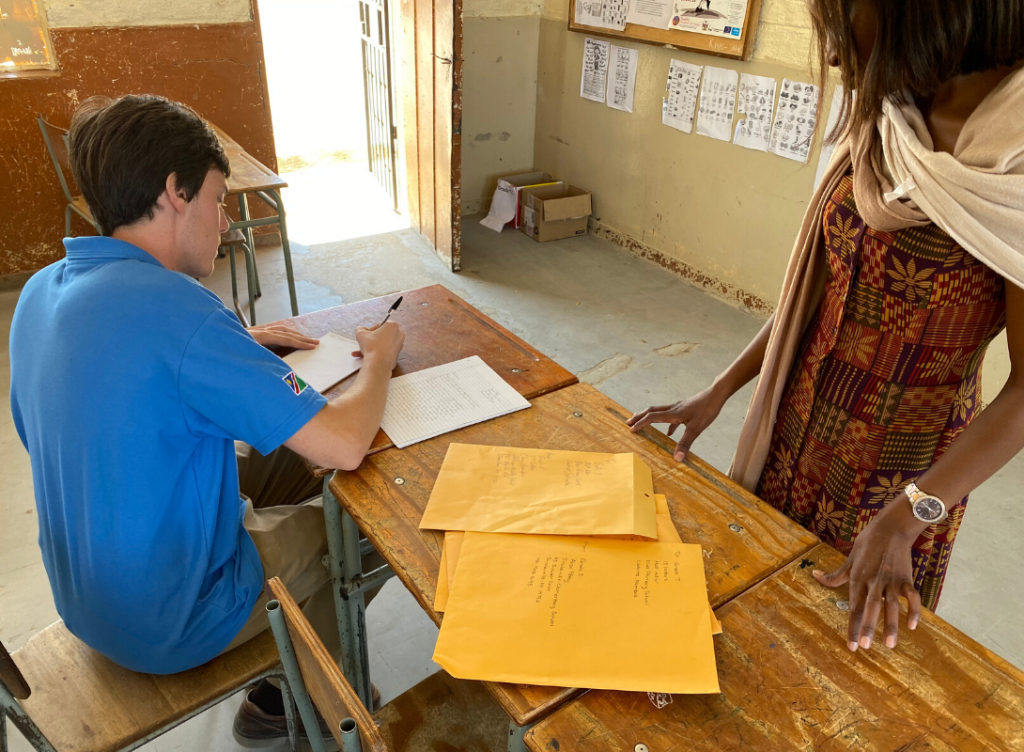
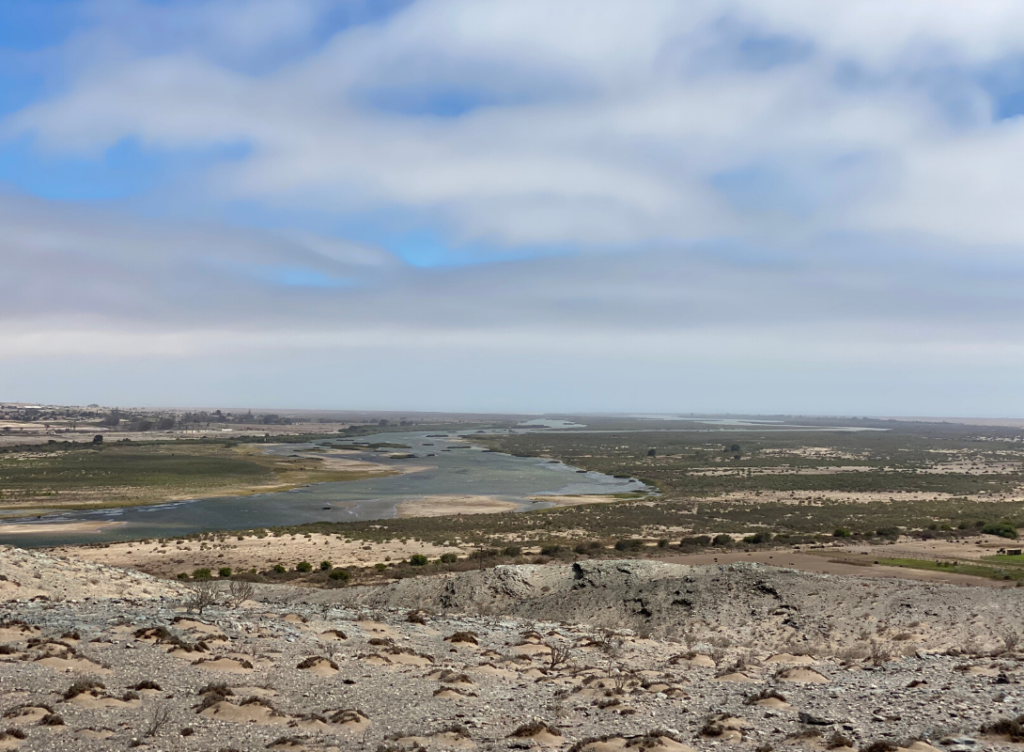
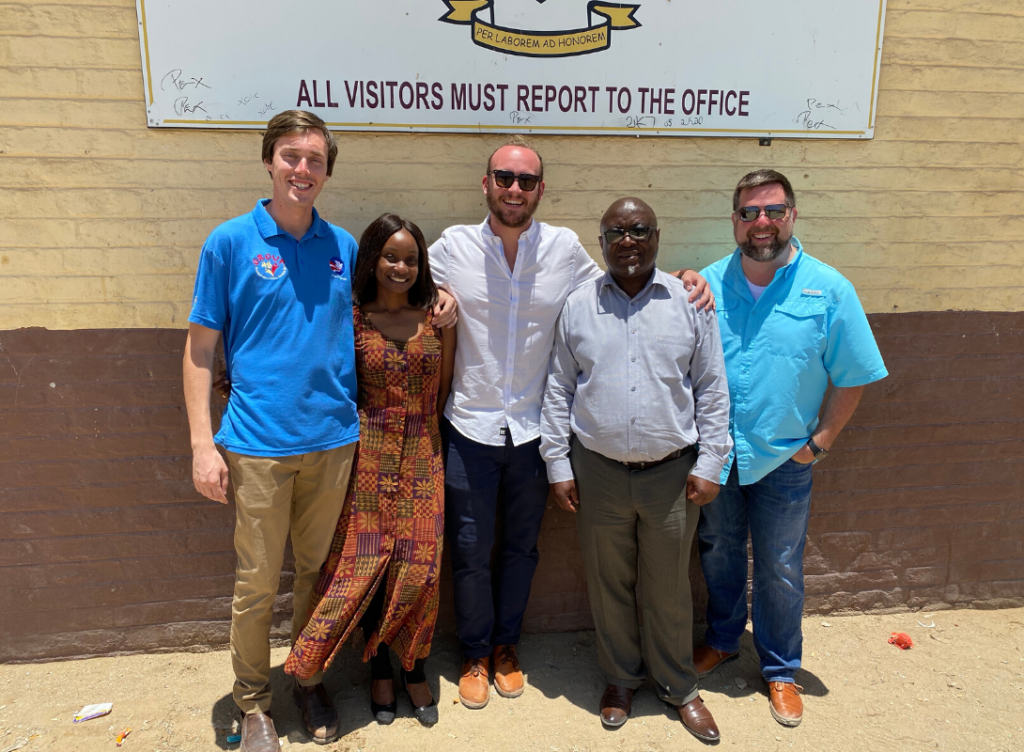
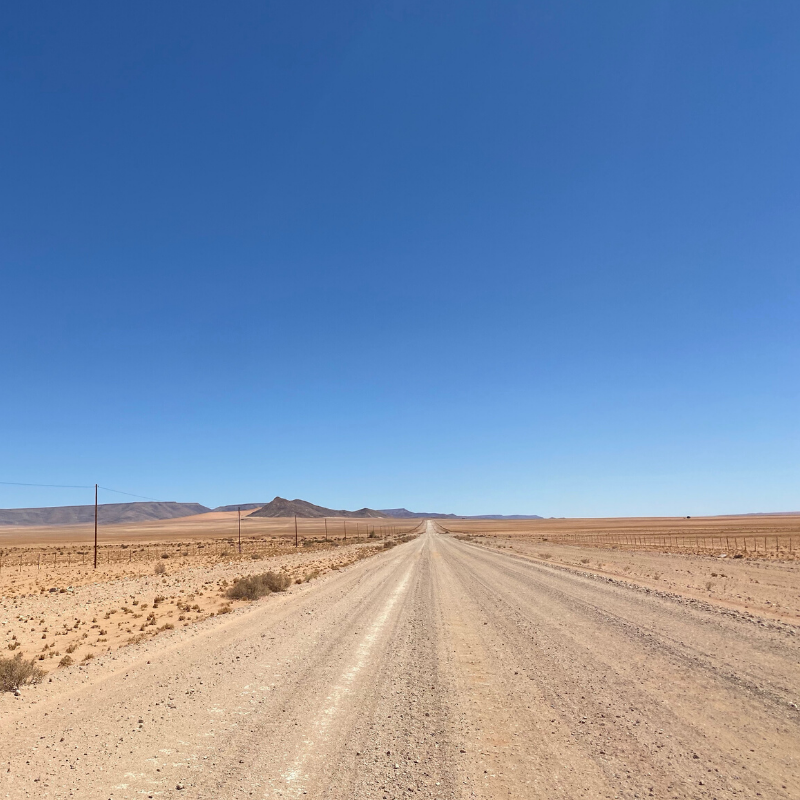
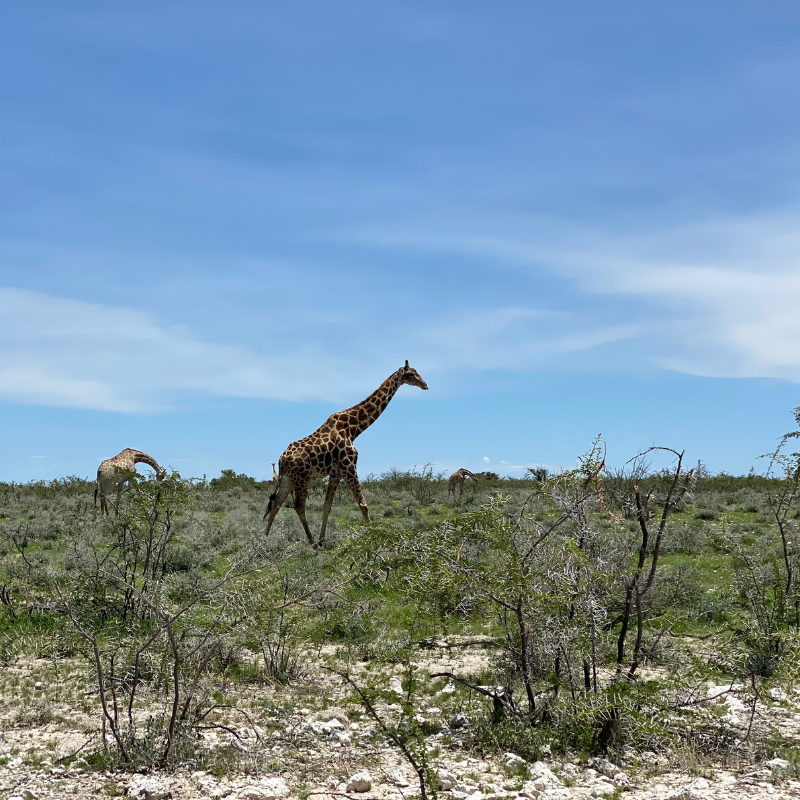

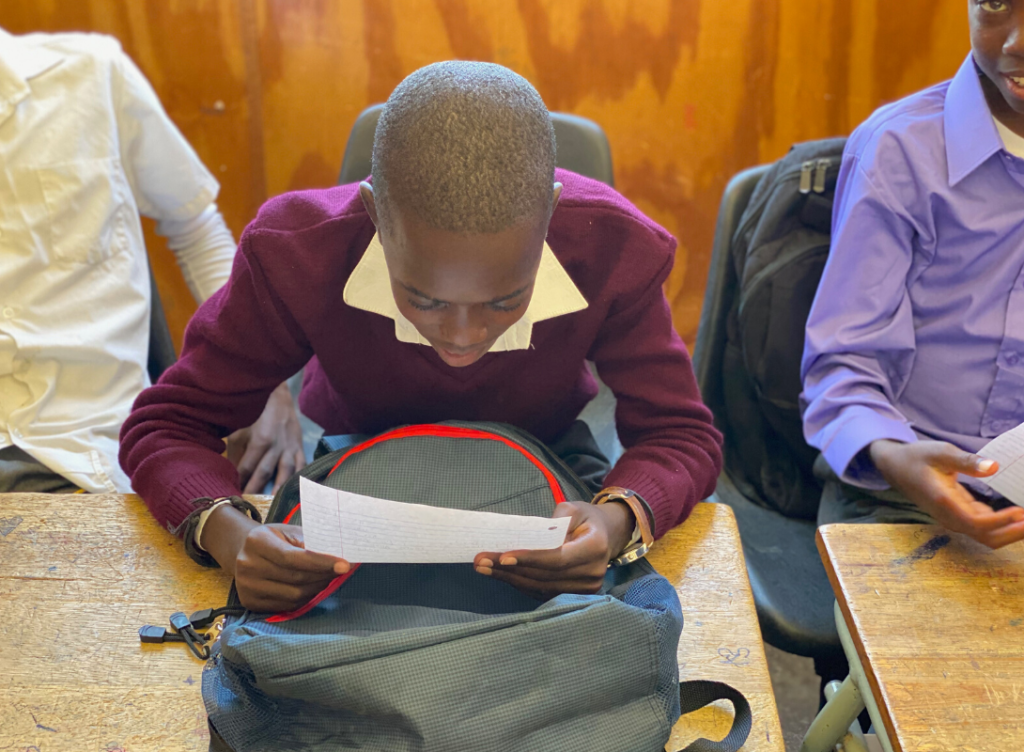
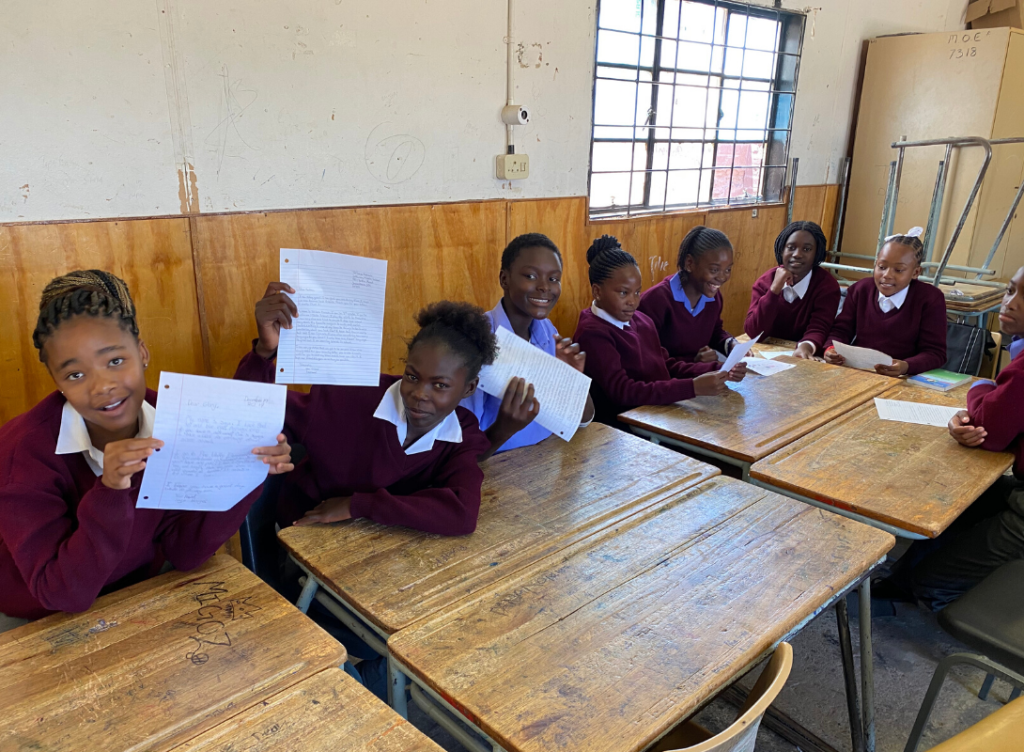
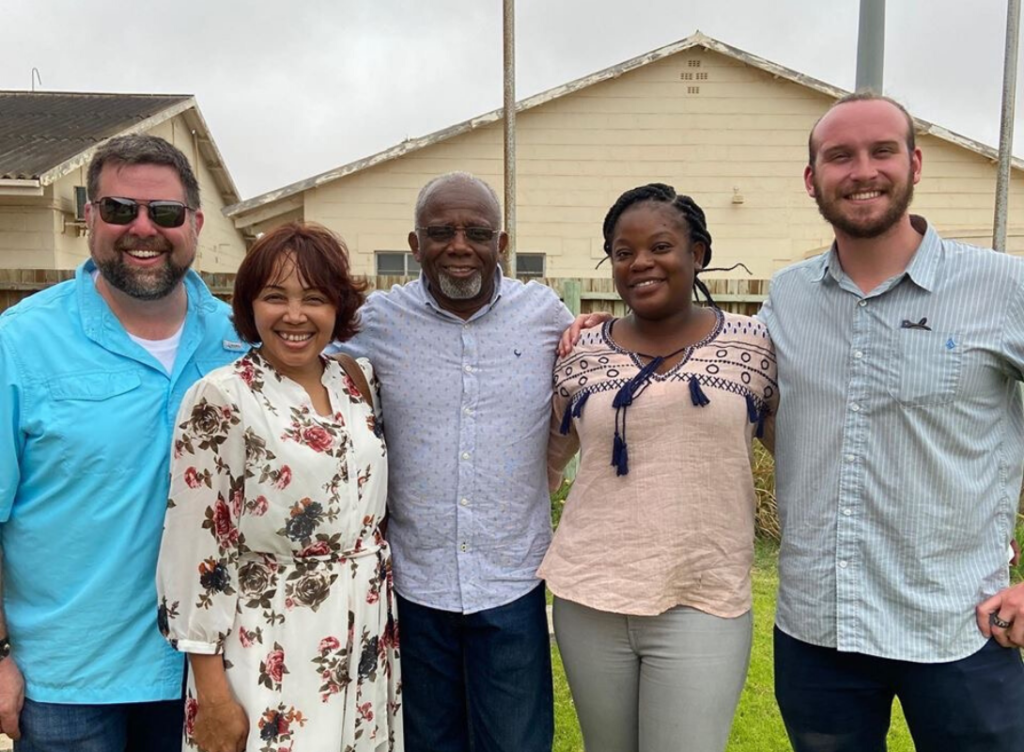
We would like to thank Tops Friendly Markets and their incredibly generous Tops in Education program for being the sponsor of the upcoming Kids in the Kitchen Mega Raffle!
Tops Friendly Markets, a Buffalo-based supermarket company with operations in New York, Pennsylvania, and Vermont, has been a longtime community supporter since 1962. Expanding upon their generosity and local involvement, Tops created the Tops in Education Program to help schools procure the resources and equipment they need to improve student achievement and engagement.
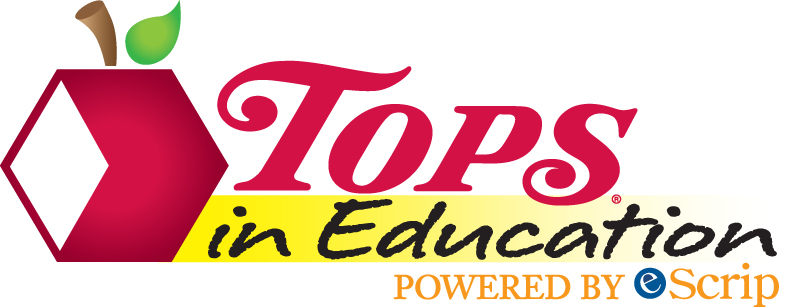
The Tops in Education Program encourages Tops BonusPlus® shoppers to select their local schools (up to three) and by purchasing specific product brands, Tops contributes 5% of the purchase to the school(s) the shopper has chosen! As a shopper purchases more, the higher amount Tops will donate to selected schools.
Over the past 7 years, Tops has donated more than 1 MILLION DOLLARS to local schools through Tops in Education. Tops in Education is a program that makes it easier to get additional money for school improvements and school programs such as extracurriculars and sports.
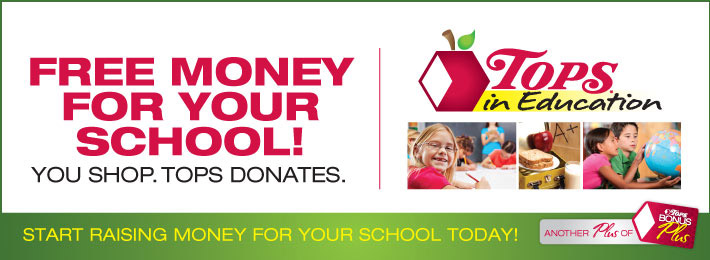
1. Register your Tops BonusPlus®.
2. Select your school(s) of choice (grades K-12) from the list of schools that have registered (you may select up to three schools).
3. Purchase participating TOPS Brand, Full Circle™, TopCare®, Tippy Toes, Paws™, Pure Harmony™, Simply Done™, Culinary Tours™, That’s Smart, and Best Yet® products with your Tops BonusPlus® throughout the 2019-2020 Tops in Education program year.
4. Tops contribute up to 5% of your purchase to the school(s) you have chosen. The more you shop, the higher the percentage we donate!
For more information on the Tops in Education program, please click here!
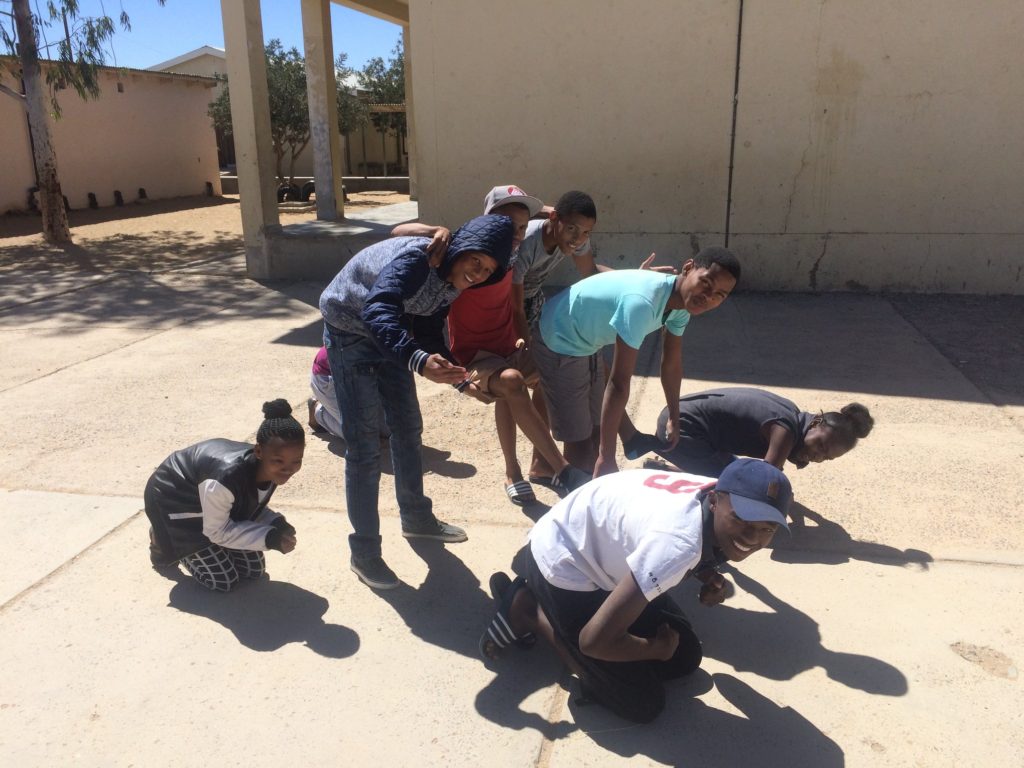
This week at EOA, we wanted to start focusing on 21st Century Skills; the skills that today’s students need in order to thrive in the modern world. These skills are apart of the Project-Based Learning approach, in which we educate others to use through our Building Cultural Bridges program.
This week’s skill is collaboration, and when we think about collaboration we think about teambuilding. Teambuilding exercises like the game “Shapes”, displayed below, are great ways to encourage teamwork in the classroom and lay a foundation for students to connect and work with others throughout their lives.
A question for all the educators out there, what team building activities do you use to increase participation and teamwork among your students?
We wanted to finish off this week’s 21st Century Skill of collaboration with a word from a Namibian teacher who took part in our Building Cultural Bridges program:
“Through the BCB program, I was able to see, firsthand, how willing my learners were to share ideas and work toward a common goal.”
Check out the BCB program for more information and reach out to us on social media or our contact page to find out how to get involved!
School is back in session, and we all know what that means. Endless tries to call kids to attend to a topic they may not have the largest interest in. Curiosity is key, but it can be hard to keep or even get started in the first place. This is something that all of us at EOA has dealt with and is why we promote the Project-Based Learning (PBL) teaching pedagogy in our Building Cultural Bridges program. PBL wraps students into a complex question, problem, or challenge and urges them to use their unique skills in a collaborative setting to solve it. We believe students should own the learning process and learn to develop the desire to know more.
Take it from one of our staff members who used a simple beat and rhyme to get his students curious about the metric system!
Adam Savage of Mythbusters fame walks through two incredible examples of profound scientific discoveries that stemmed from curiosity. Using simple and creative methods anyone could have followed, the discovery of Eratosthenes’ calculation of the Earth’s circumference around 200 BC and Hippolyte Fizeau’s measurement of the speed of light in 1849. These two examples Mr. Savage discusses during his TEDed Talk exemplify what can happen when curiosity is nurtured and explored.
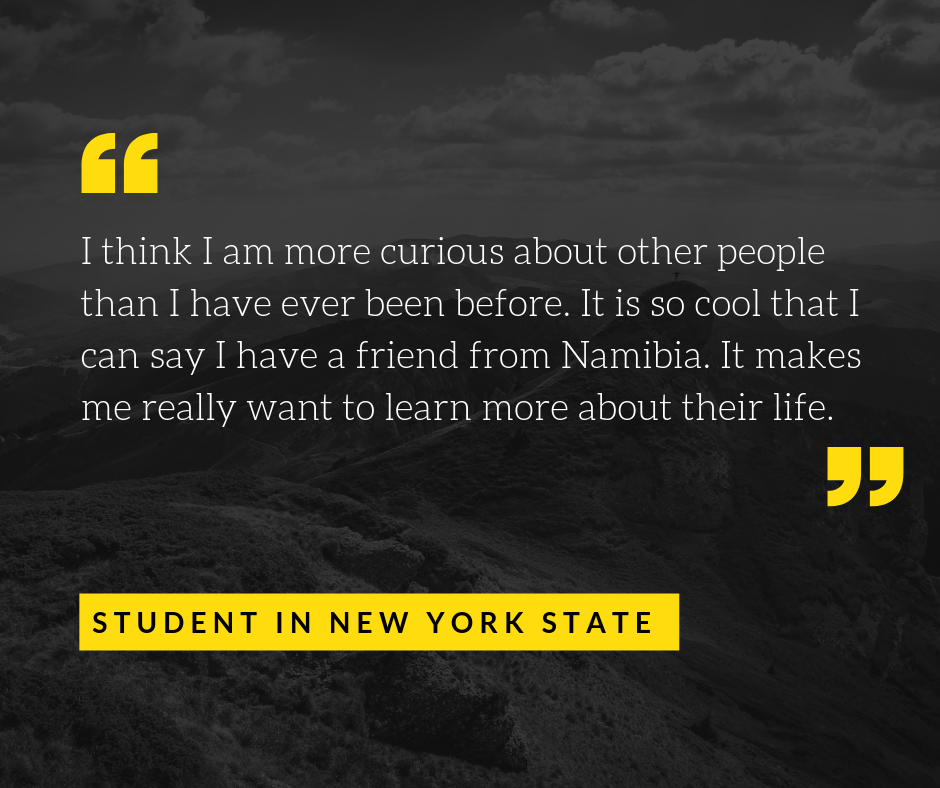
We hope you liked this week’s posts on the importance of #buildingcuriosity! To wrap up the week here are some thoughts on curiosity from a student in New York participating in our Building Cultural Bridges program.
Let’s keep the conversation going! Let us know in the comments below what traits you like to see in your classroom, and it might become a #buildingtrait of the week.